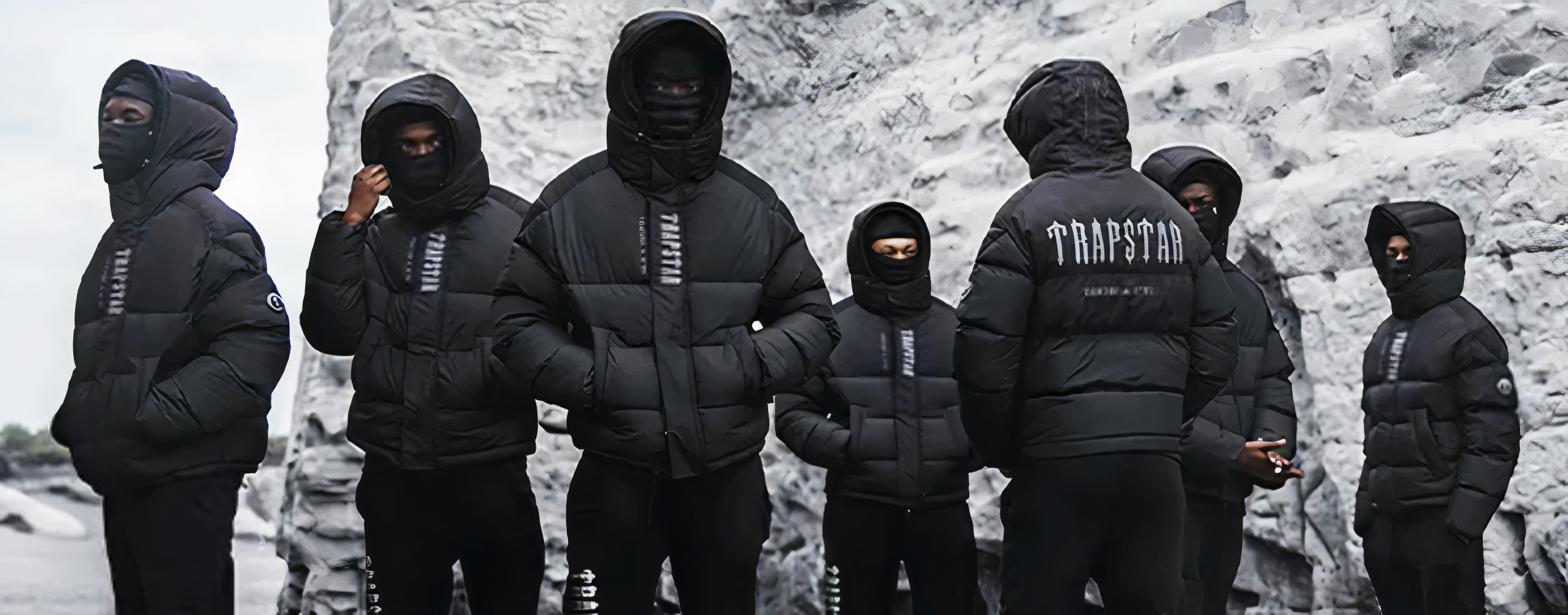Streetwear isn’t just a style—it’s a global movement that embodies individuality, culture, and rebellion. Among countless brands striving to redefine this space, Trapstar Clothing stands tall as a cultural and sartorial pioneer. Known for its distinctive blend of bold designs and urban edge, Trapstar has emerged as a fashion powerhouse that resonates deeply with a global audience.
This blog explores how Kurtka Trapstar has shaped streetwear culture—from its roots in London to its global domination. We’ll dive into streetwear’s evolution, Trapstar’s philosophy, its creative process, and its undeniable influence on both fashion and lifestyle trends.
A Brief Tour of Streetwear Culture’s Evolution
Streetwear has always been about breaking conventions. Emerging from the underground scenes of skateboarding, hip-hop, and punk in the ‘70s and ‘80s, it rose as a statement of rebellion against the polished norms of mainstream fashion.
By the 1990s, brands like Supreme and Stüssy transformed streetwear into a global phenomenon, tethering it to youth culture and exclusive collaborations. Fast forward to the 2000s, and streetwear evolved further. Designs became more experimental, labels formed tight-knit cult followings, and a hunger for authenticity defined the aesthetic.
Notably, London became a creative hub for streetwear by the early 2000s. The city’s multicultural backdrop and thriving music scene birthed a fresh wave of culturally charged brands. Trapstar Clothing emerged during this time to put its unique spin on streetwear—ushering in a new era where fashion, music, and personal identity collided.
Trapstar’s Philosophy: Driven by Mystery and Authenticity
What makes Trapstar Clothing unique is more than its fearless graphics and cutting-edge designs—it’s the philosophy that drives the brand. Founded by childhood friends in London, Trapstar thrives on the motto, “It’s A Secret.” This mantra encapsulates the brand’s desire to stay mysteriously cool while appealing to an underground community of like-minded individuals.
Trapstar’s key differentiator lies in its ability to challenge conformity while remaining relatable. Its designs—think oversized hoodies, bold logos, and striking patterns—serve as wearable art that speaks to individuality and self-expression. Whether you’re repping a Trapstar bomber jacket or one of their iconic red branded tees, you’re making a bold cultural statement.
The philosophy extends to the brand’s exclusivity. By maintaining a deliberate sense of scarcity—such as limited drops and collabs—Trapstar fosters a sense of urgency and belonging for its customers. Owning a piece of Trapstar isn’t about wearing a label; it’s about living a lifestyle.
From Inspiration to Innovation: The Creative Process at Trapstar
What goes into a Trapstar design? The creative process is deeply intertwined with London’s underground culture, music, and art scenes. Trapstar draws inspiration from a variety of sources—gritty urban landscapes, vintage film posters, and lyricism in hip-hop—infusing its collections with a fresh and irreverent vibe.
One of the most captivating aspects of Trapstar’s ethos lies in collaboration. Over the years, the brand has partnered with prominent global figures and companies, such as Rihanna, The Weeknd, and Puma. These collaborations blend Trapstar’s unique design DNA with the creativity of other celebrated visionaries, resulting in items that are both highly coveted and culturally impactful.
New releases are often accompanied by secrecy and intrigue. Teased in cryptic social media posts or casually worn by celebs, Trapstar collections build anticipation among its community before launching. This innovative marketing strategy ensures every drop feels like a cultural event.
Trapstar’s Role in Lifestyle and Community
Trapstar Bluza isn’t merely selling clothes—it’s creating a movement. The brand’s community ethos is built on authentic connections and shared cultural values. It isn’t just for fashionistas; Trapstar speaks deeply to those immersed in music, sports, and urban culture.
Music, in particular, plays a pivotal role in Trapstar’s story. The brand is a close ally of grime, hip-hop, and rap artists, amplifying its voice through their influence. Artists like Stormzy, Rihanna, and A$AP Rocky have been spotted wearing Trapstar apparel—turning the global spotlight onto its unmistakable designs.
Trapstar also encourages inclusivity within its fanbase. By engaging customers online and offline—such as pop-ups and product giveaways—the brand nurtures relationships, creating more of a lifestyle than a product. Each piece carries a sense of belonging, connecting wearers through shared values of creativity and rebellion.
A Global Outlook for Streetwear and Trapstar
Trapstar’s global impact is undeniable. The brand has transcended London’s borders, earning a cult following across Europe, North America, and even Asia. With flagship pieces often selling out within hours, Trapstar operates as both a functional label and a badge of status.
Looking ahead, Trapstar and streetwear will continue to disrupt high fashion norms. We’re likely to see advancements in sustainable practices, AI-generated designs, and immersive fashion technology redefine streetwear in the coming decade. Trapstar, with its fearless approach to innovation, will no doubt remain a torchbearer in shaping these future trends.
Bold, Modern, and Unstoppable: The Trapstar Legacy
Trapstar Clothing has rewritten the rules of streetwear by blending bold designs, cultural significance, and authenticity. It’s a brand that doesn’t just create clothing—it inspires movements.
For anyone fascinated by the intersection of fashion, culture, and community, Trapstar is an enduring force to watch. Whether you’re a long-time fan of the label or a newcomer intrigued by its mystique, the brand offers something for everyone.
What do you think is the future of streetwear? Could Trapstar shape the next decade of fashion? Feel free to share your thoughts in the comments or engage with us through our newsletter to stay updated on fashion news.

Leave a Reply